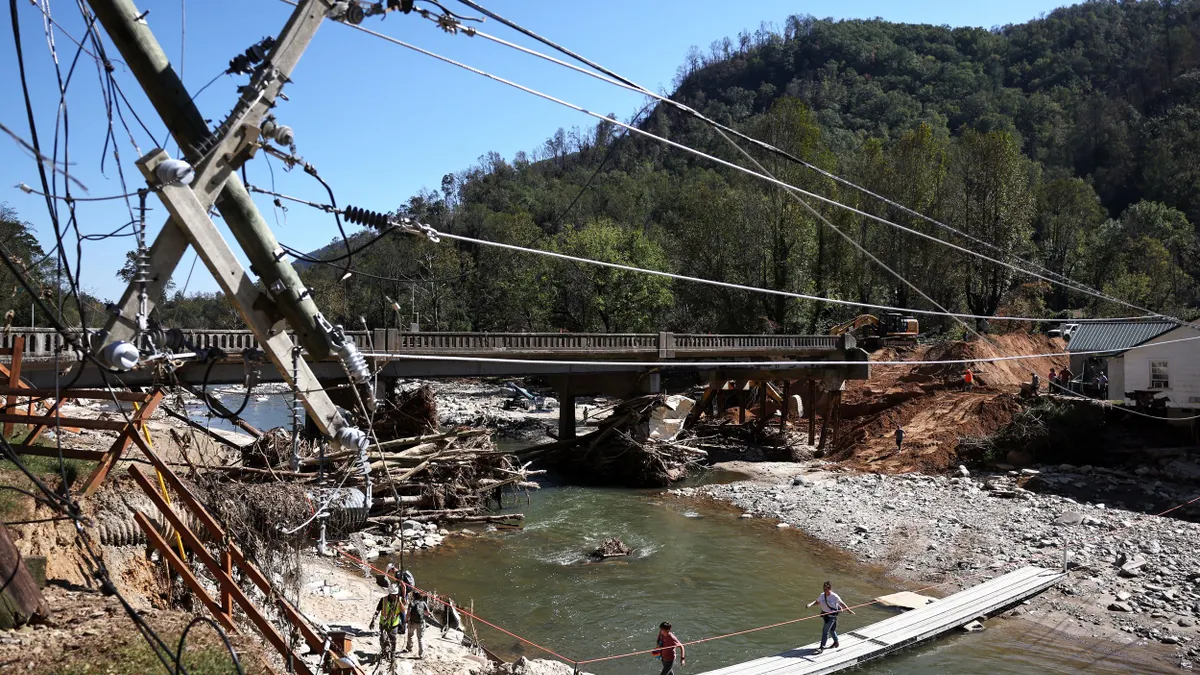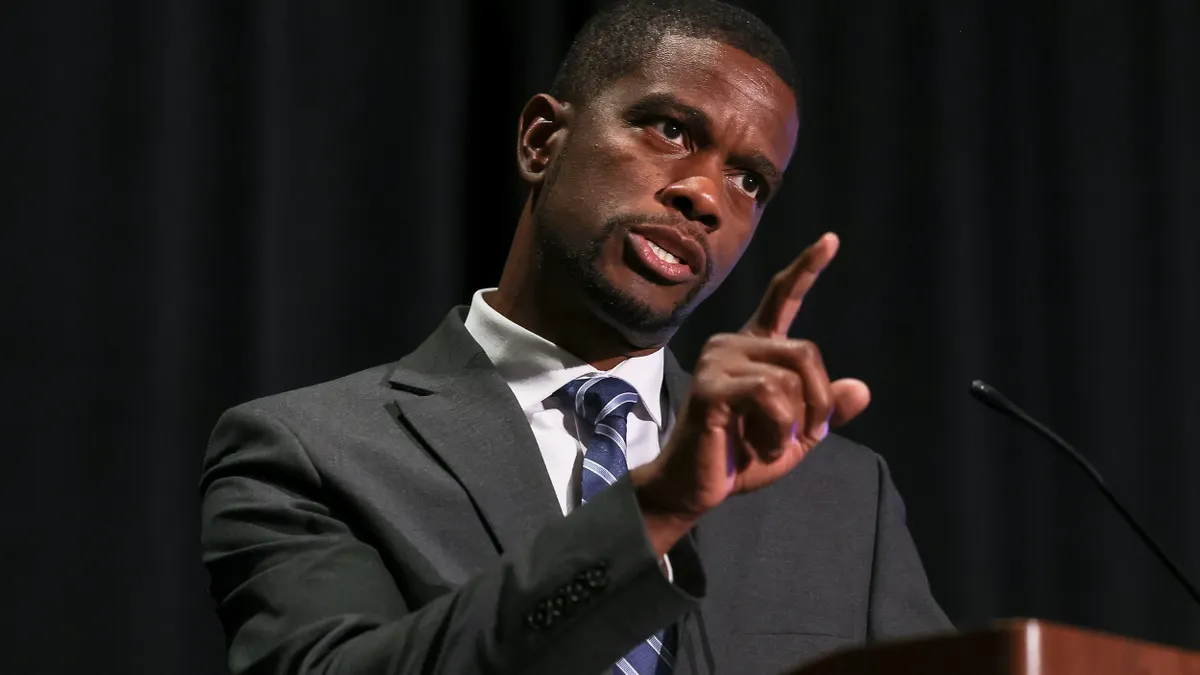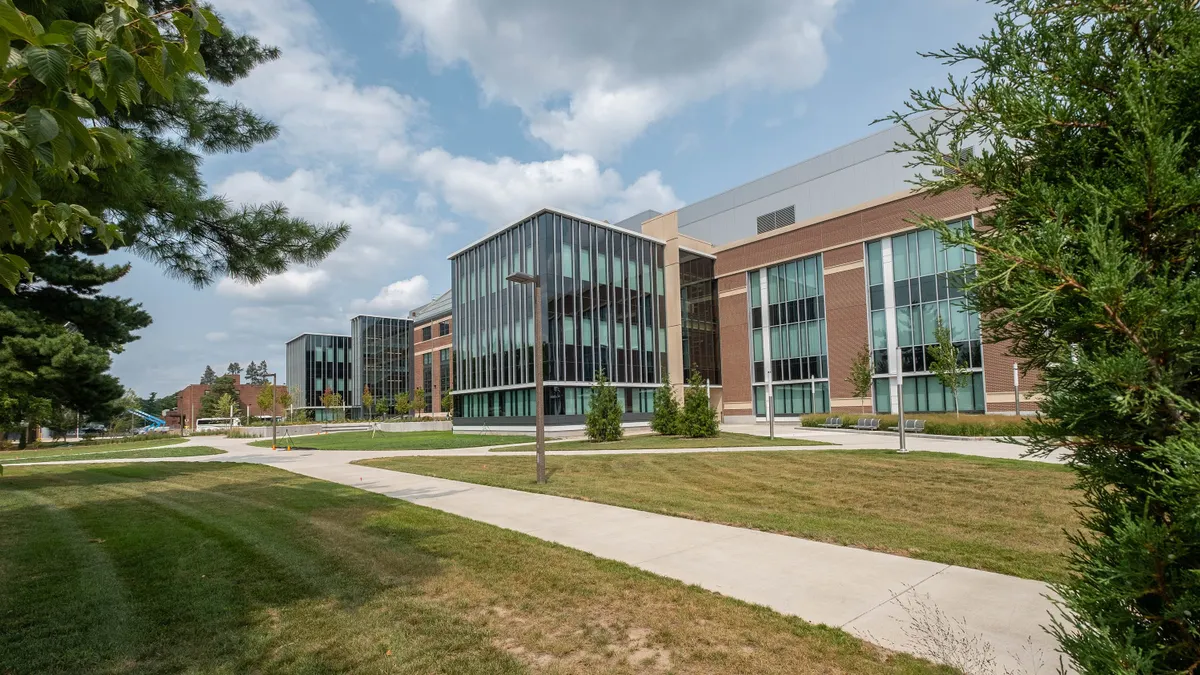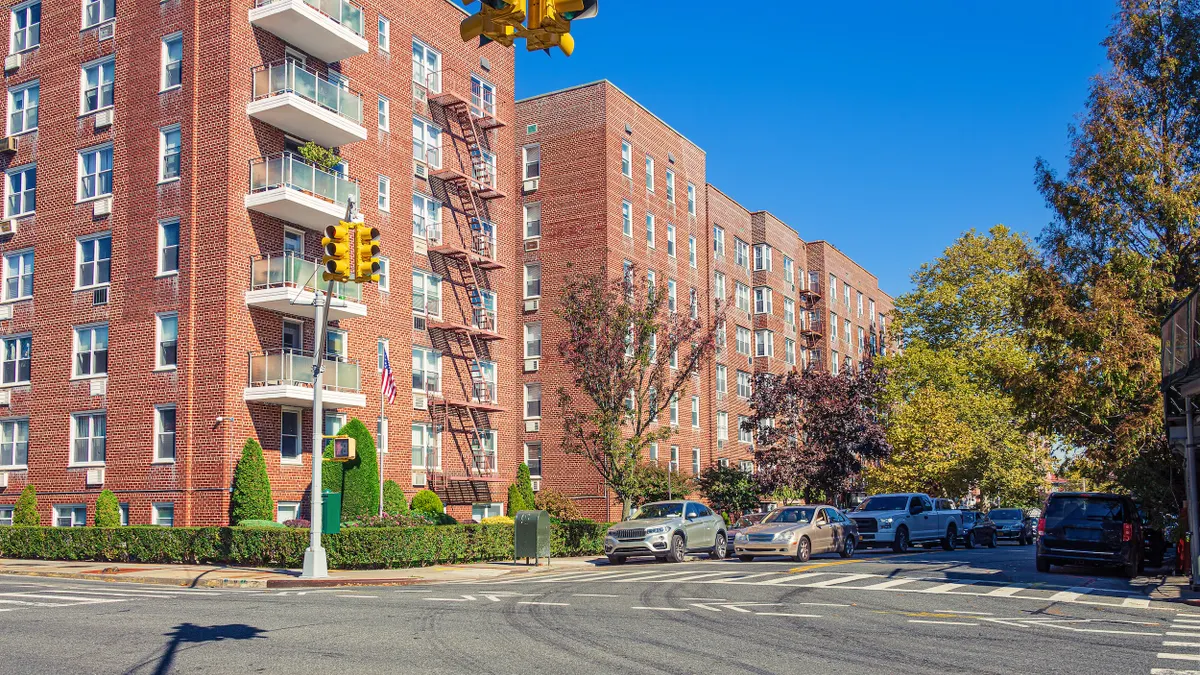Editor's Note: The following is a guest post from EVolve Houston Executive Director & President Christopher George, and Operations Director Jan Maceczek.
In just under four months, the novel coronavirus (COVID-19) has left the global economy wrecked, upending countless lives in its wake.
The economic effects of the virus are staggering and expected to get worse. U.S. stock indexes have dropped by more than 20%, erasing all the gains made over the past four years, and unemployment filings are at a historic high as jobless claims see a 3,000% jump since early March.
The government had put the U.S. in a precarious position when entering this battle: over a trillion dollars in deficits, and an interest rate of nearly zero. With immediate actions triggered to little effect, Congress recently passed a $2 trillion stimulus package (phase three of the government's relief funding) and is already prepping for phase four.
Proposals have been looking to go beyond payments for small businesses and individuals to also reshape infrastructure spending and Social Security benefits. Infrastructure investment is often cited as a necessary component of any fiscal stimulus plan. Critically, infrastructure spending can directly address some of the root causes of a pandemic. Additionally, research is clear that an increase in public capital directly leads to an increase in economic output. Upgraded public infrastructure also can facilitate consumer and produce goods more efficiently.
Several initiatives, including the improvement of public transportation, or federal investment in public-private partnerships (P3s), achieve both goals. Electrifying the transportation industry is one of these initiatives. The increase in electric vehicle (EV) adoption across the automotive industry has become a central piece of the clean transportation discussion.
While electrification has made huge headwinds in the last few years, many challenges remain, notably the lack of scale of charging infrastructure for individuals as well as fleets. Rapidly advancing the adoption of EVs should be one of the major components of the next stimulus package (seeing as the sector was neglected in package three). The investment supports economic activity while also improving the health and well-being of Americans and the cities we call home.
The public health benefits of transitioning to EVs, specifically a reduction in tailpipe emissions and particulate matter, are well documented. They range from reduced asthma hospitalizations to improved sleep habits to a reduction in respiratory illnesses, the importance of which we see now as attacks respiratory systems. The importance of air quality is perhaps now clearer than ever, as coronavirus symptoms worsen in cases with compromised respiratory symptoms, amongst other conditions.
We already know how to speed up the adoption of EVs. The solutions are both numerous and complex, requiring strategic investment in opportunities that will provide the most impact. Here are three objectives the next federal stimulus bill can achieve, if it allocates appropriate resources to truly creating healthier and better economies.
1. Access to EV charging stations
A 2019 study from the International Council on Clean Transportation (ICCT) cited only one-fourth of the workplace and public chargers needed by 2025 are in place. Over 80% of EV charging occurs at the owner’s residence. This necessitates a network of apartments and condos to supplement in-home 240V charging.
Workplace charging is far from ubiquitous and is a low-cost solution that acts as a catalyst. Additionally, in order to allow travel between cities, (a current barrier especially in the Sun Belt and Midwest) there is a substantial need to implement more superchargers along interstate highways.
2. Electrification incentives
While the federal government already offers a $7,500 federal tax credit on EV purchases, the program is set to expire once 200,000 qualified vehicles have been sold by each automotive manufacturer. A revamped stimulus program should also be used to expend incentives for commercial fleets and freight vehicles.
A study from UPS and GreenBiz found that while commercial fleet owners increasingly consider EVs, initial investment costs are a top barrier to adoption. With small businesses facing immense challenges as a result of the coronavirus outbreak, an easy to access federal tax credit would be vital in helping them get back on track all while investing in long-term sustainability.
3. Support of grid-level demand
In the weeks ahead, grid operators and utilities are projected to face significant challenges as a result of demand disruption. Some grid operators and utilities are already seeing a drop in power demand, and market pressures and tightening debt conditions will only make matters worse.
These challenges will likely discourage grid operators and utilities from investing in long-term sustainability and innovation programs. This includes programs for EV charging in the form of home charging rate rebates, as well as programs to ramp up grid capacity in order to support increased future demand caused by greater EV use.
Investing in an electrified future
We are currently experiencing the setbacks of a highly centralized infrastructure, unprepared for new and dynamic challenges. Investing in an electrified infrastructure may not only help the economy recover in the short-term, but also prevent future threat of a changing environmental conditions.
The increasing prevalence of extreme weather and rising sea levels could trigger another downturn that last years, not just economic quarters. If we invest in infrastructure now and align the public and private sectors, we can both more quickly overcome the economic downturn caused by the coronavirus and prepare ourselves against the next one.
To keep up with all of our coverage on how the new coronavirus is impacting U.S. cities, visit our daily tracker.


















